Student and instructor wait for the right conditions for a launch into surf on the beach at Cape Kiwanda, Oregon.
Surf games
From the Winter 2010 issue of Wavelength Magazine. Read the entire magazine online.
Trade in that ‘sofa’ for something to ride the waves – if you dare
By Neil Schulman
Grimacing, I cram myself into Dave’s bright red, shiny fiberglass surf kayak, which is a bit too small for me. The fit’s tight, but tolerable. I push off into the soup and start to paddle out.
Immediately I realize I’m in a different world. For starters, the boat doesn’t seem to go anywhere. Several strokes later, the stern is still bottoming out on the sand and I haven’t moved far off the beach. When I urge the boat forward, it fishtails, even more than my shortest whitewater kayak. I’m sitting up a few inches higher, which should give me some more power, but it also adds instability.
And then come the waves.
With my lack of forward speed, I get pushed backward quickly by the first small dumpers. I struggle to make it out of the soup zone, and then I try to catch a few short rides to warm up to the new craft. The short stern of the boat gets whipped in circles quickly, and the hull behaves very differently than I’m used to. A couple of short “rides” (or at least I like to think I was catching rides) and I’m upside down.
Then I discover something else new: surf boats are very hard to roll. On the second attempt I swim, and as I empty the boat, Dave comes flying by in my river kayak, exclaiming, “This thing is like paddling a sofa!” Welcome to my first experience with the funky but high performance kayaks specifically designed for the surf zone.
It may be the wave of the future.
Like everything in the kayaking world, surf kayaks have gotten increasingly specialized. We’ve now got whitewater boats specially designed for park-and-play, for running waterfalls, for downriver racing, and sea kayaks for expeditions, play and fishing. Surf boats are the logical next step, and they’re extremely good at it (assuming the kayakers know what they’re doing.) But there’s a lot to get used to.
The difference between the surf kayak and my whitewater boat is obvious. Most dramatic is the bottom. The surf boat’s underside is dead flat, even more so than planing-hull whitewater boats. Like a surfboard, it’s got fins, which are often movable and interchangeable. The flat surface, like a surfboard, rockers up at the bow to allow the boat to fall down the wave without digging in and locking in position. And where my whitewater boat is box-shaped in cross-section, surf kayaks are very clearly wider at the bottom of the hull with very distinct rails. From there the boat narrows as you move above the waterline.
The stern end is minimal, with very little boat aft of the cockpit, often in a variety of rounded shapes designed to loosen the stern to make easy turns possible. The sides of the boat are convex. This is to aid switching the sides of boat lean on the wave without catching edges. Most are fiberglass rather than plastic, and about the length of the shorter set of whitewater play boats, about 7’6” or so.
Like anything specialized, surf kayaks are good at one thing at the expense of others. The obvious purpose is to surf waves. Not just to ponderously ride a wave into the beach like sea kayakers, but to be able to turn, cut back, spin and even catch air. For this they trade speed, stability and ease of rolling, which means a steep learning curve and a lot of paddling effort to get to the surf lineup.
After a few runs and some pointers, I begin to get a better feel. I realize that while the flat hull doesn’t seem to be affected much by a knee lift and hip edge, an aggressive upper body lean – toward the sea, just like surfing any other kayak – is critical. Leaning back sinks the tiny stern and frees up the rockered bow, often whipping the boat around in circles. I throw my body further forward and get some better results.
As I get tired, I go over a few times and rediscover the difficulty I have with rolling, so I take a few minutes to watch Dave, Chris, and Zach. I notice a few things. First of all, they fall down the face of the wave a lot faster and more aggressively, staying on the unbroken part of the wave. They’re using the pocket, where a sea kayak or even a whitewater boat quickly locks in too much at the bow and broaches. Almost all turns are made with onside lean, as opposed to leaning away from a stern rudder as sea kayakers do to avoid broaching. When they capsize, I don’t feel so bad. It often takes a several attempts to flip over the flat, finned bottom, often ending with a scull. If rolling a sea kayak is like rolling a log, rolling a surf boat looks more like flipping over a sheet of plywood.
Surf kayakers also usually seek different conditions than sea kayaks, or even whitewater boats playing in the surf. The desirable condition is an offshore wind, which will steepen and shorten the incoming waves—exactly the opposite of what I’d look for if I wanted to surf in my “short” 16-foot sea kayak, which demands longer wavelengths.
Using steeper waves also means a new type of etiquette. Since I’ve mostly surfed whitewater or sea kayaks, I found that I didn’t conflict much with board surfers, since we were looking for different waves and used different sections of the break. In surf boats, you’re using the exact same spots as board surfers. After all, you’re basically on a surfboard with a cockpit. You still have a lot more maneuverability than they do – you have a paddle and an easier time getting into position.
“It’s important to understand a few things,” says Chris. “First, when we’re waiting for a wave, we have a tendency to paddle back and forth, since it’s more stable. This makes them nervous.
“Second, they work hard to paddle out, and they can’t accelerate as quick, so they may be waiting out there for as long as 30 minutes for a wave. So wait your turn.”
Lastly, never drop on someone who’s already on a wave, and stay clear when paddling out. When in doubt, turn and paddle toward the broken part of the wave. Folks riding the wave in will be surfing the shoulder in the other direction.
By the end of the morning I’m exhausted and feel anything but competent. But new approaches are never easy, and this is no exception. I’m certainly envious of the moves my friends have been able to make, and the grace they show doing it. Then I get back into my whitewater boat to paddle back. It really does feel supremely stable, slow, and forgiving. Kind of like paddling a sofa.
Neil Schulman has been told that paddling a surf kayak is kind of like driving a racing car, but he'll have to take your word for it. He lives in Portland, Oregon.


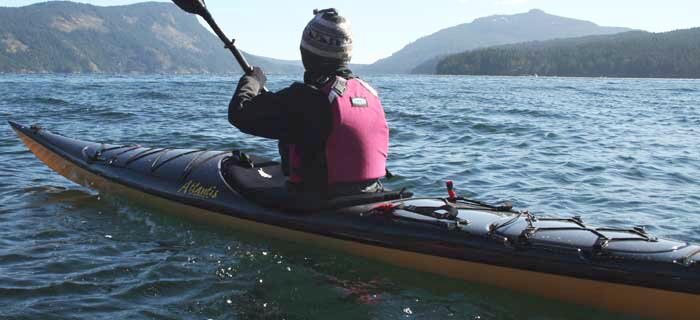
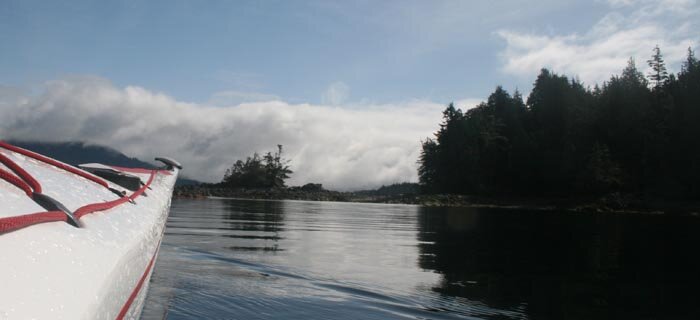
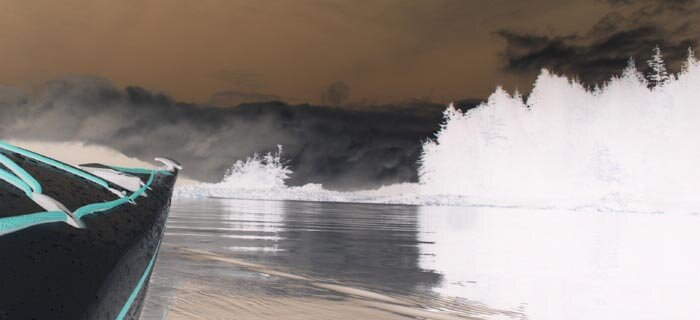
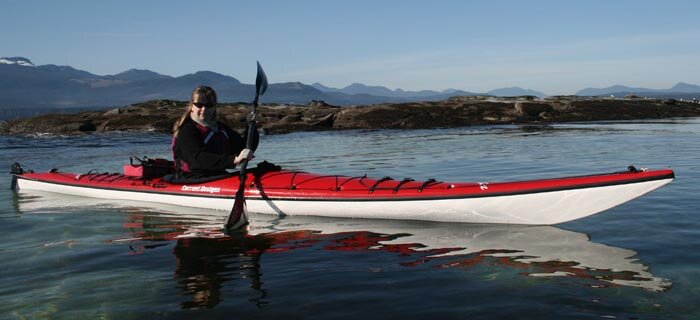

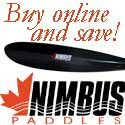















 This site uses valid HTML, CSS and Flash. All content Copyright © 2010 Wild Coast Publishing.
This site uses valid HTML, CSS and Flash. All content Copyright © 2010 Wild Coast Publishing.